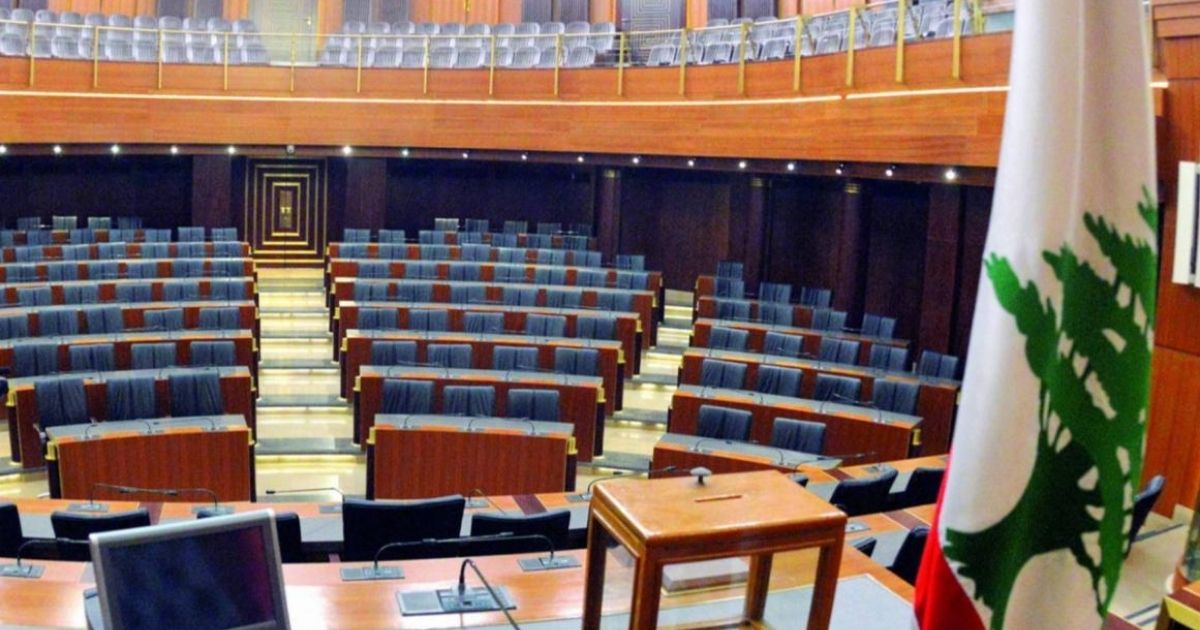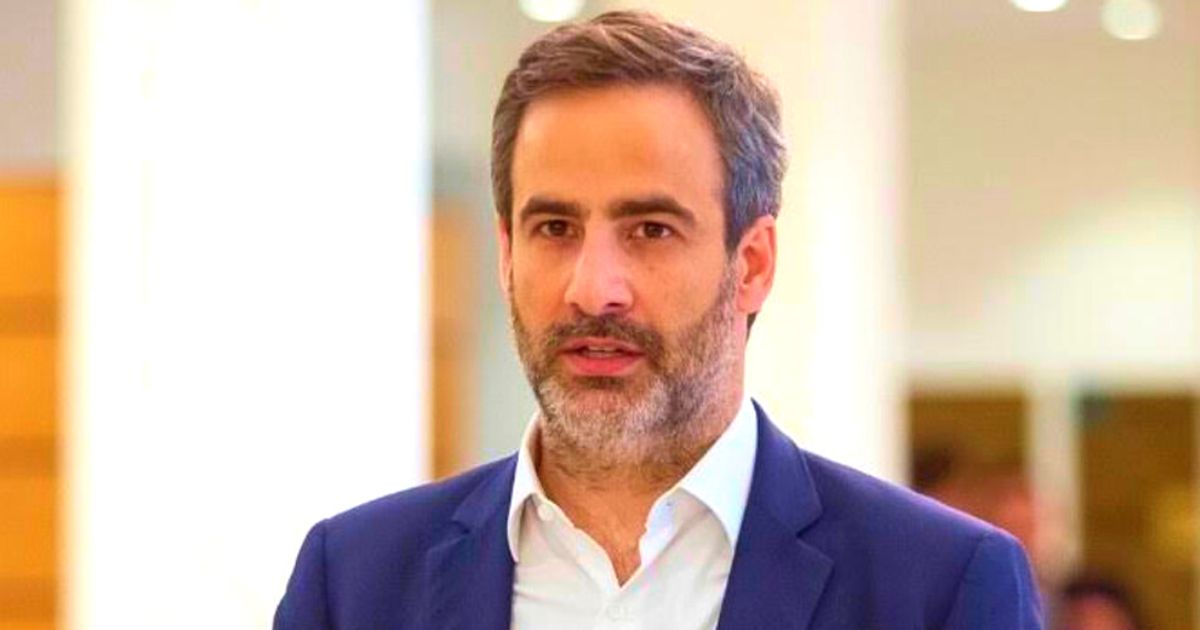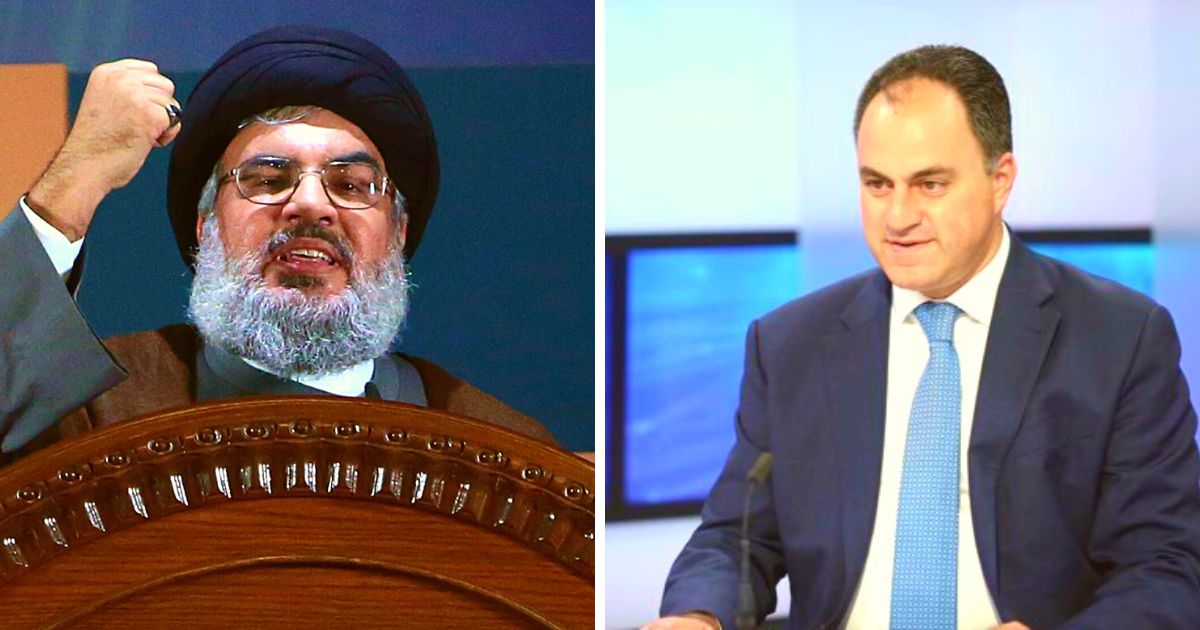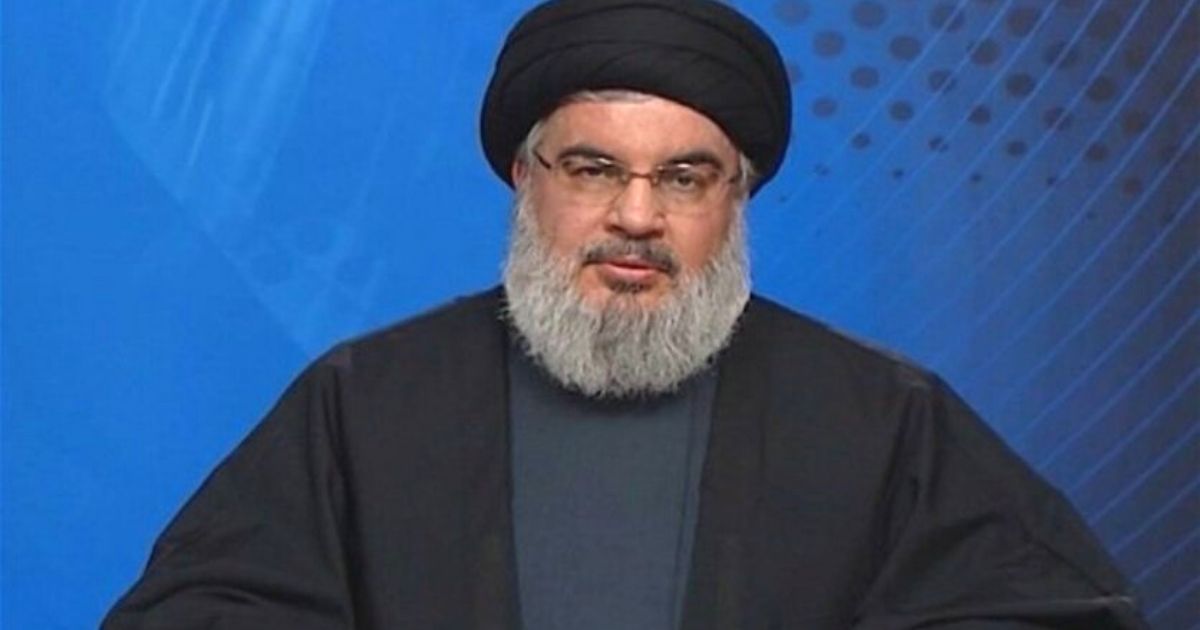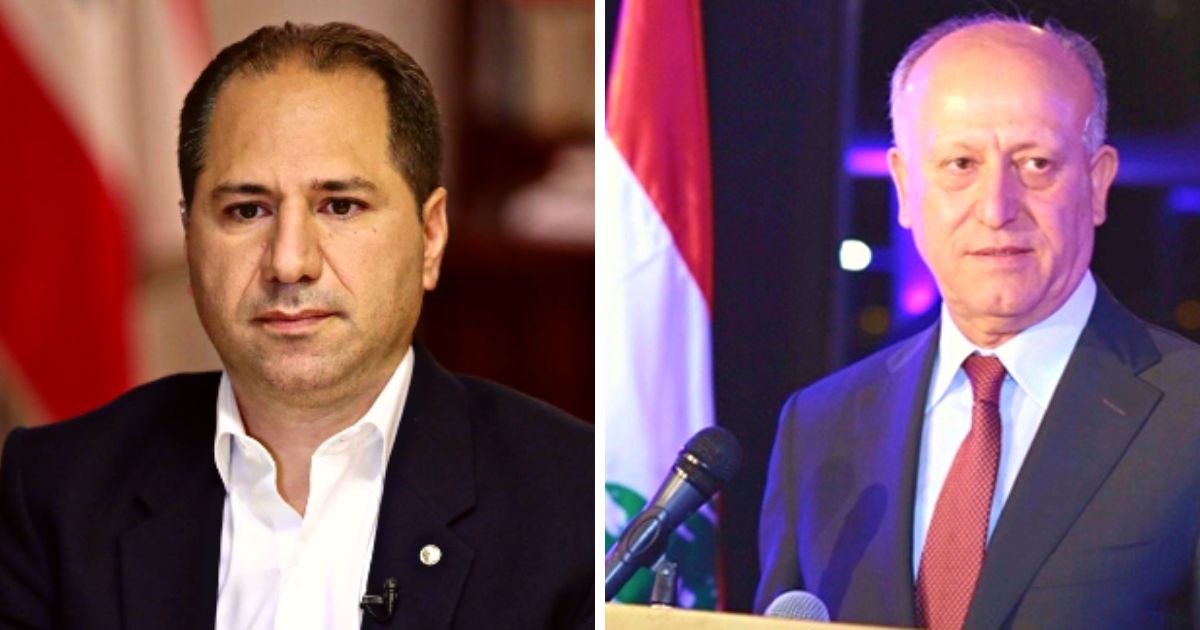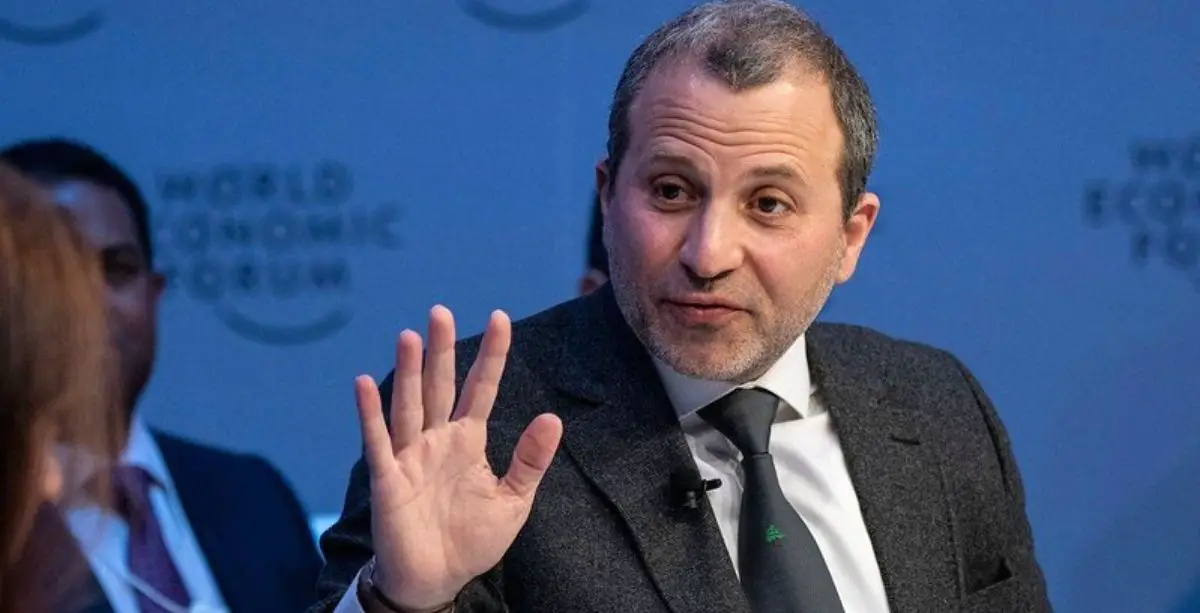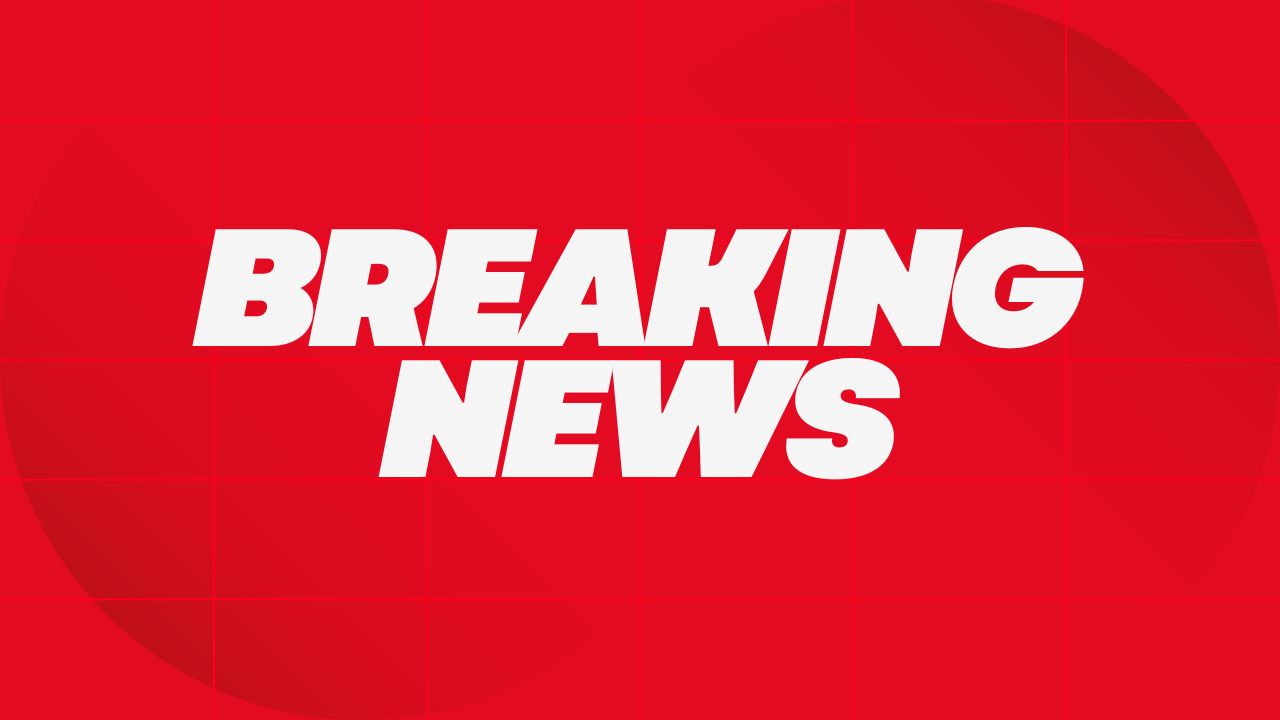The Lebanese Cabinet recently announced its long-awaited reform plan. Its goals are the reduction of the deficit, acquiring over $10 billion from external sources, and the return to positive economic growth starting 2022.
Add to these the replacement of the financial deficit with a state of overflow in the budget, the restructuring of sovereign debt, and the reduction of Lebanon’s debt to GDP ratio, which is currently a staggering 152%.
It also aims to restructure both the banking and financial sectors of Lebanon, in a way that creates more optimal economic conditions for the people.
Generally speaking, the plan consists of the following essential sections: Finance, economy, banking and money, and social and developmental protection.
It’s important to note that it is only through the approval of the International Monetary Fund (IMF) that the Cabinet can acquire $10 billion over 5 years from it, on one hand, and pave the road for new loaning opportunities from other external sources, on the other hand.
But what does it take to get the IMF to nod and say yes?
The dollar problem
One of the major conditions that Lebanon needs to meet is liberalizing its USD-LBP exchange rate. This means the immediate fixing of the official exchange rate at 3,500 LBP per 1 US dollar.
This step, according to the plan itself, decreases the deficit and improves the capacity of competition in the market.
Naturally, with more competition comes more exportation of national products and additional annual revenue.
However, the issue with the exchange rate liberalization is that it financially debilitates anyone whose income is in Lebanese pounds; a great portion of the population.
Additionally, while introducing raises for workers is a crucial part of the plan, these raises will still be devalued by the inflating USD-LBP exchange rate in the local market.
The Cabinet is not only aware of this fact, but it actively endorses it due to the desired effect that it produces: Lower consumption rates.
Simply put, when people have less money, they will buy and consume fewer products. With that, the state becomes able to decrease its imports, which decreases expenditures.
How to create overflow
To achieve the rescue plan’s main goal of migrating from “deficient” to “overflowing” by 2024, the Cabinet intends to implement austerity measures.
These reduce the government’s spending and may include raising income taxes, reevaluating the retirement system, reducing public employees’ wages, privatizing public institutions, such as the Electricity of Lebanon, and other measures.
But even these measures will not be enough to cover the deficit.
One of the biggest financial obstacles that the plan will have to face is the $80+ billion of losses compounded over many years, caused by the costly policies of Lebanon’s central bank, and the unpaid loans of the private banks.
Considering the plan’s promise to protect Lebanon’s 98% of depositors (accounts smaller than $500,000), the only remaining option is for the government to lay its hands on the other 2% (accounts larger than $500,000).
The compounding interest earnings of these accounts – as well as, possibly, their very deposits – will most likely be used for the reform plan.
But the question remains: How will the government repay the large sums of these borrowed deposits? Here, the plan invokes the restoration of the stolen and smuggled money.
Simply put, the borrowed deposits will be repaid with public money; the people’s money.
Aside from this being a major issue in itself, it will still not be enough to compensate for the enormous deficit, nor will the additional desperate propositions, such as the retrieval of the stolen and smuggled money through illegal means.
For this reason, the government intends to start an asset management company and resort to selling and/or renting public properties and lands to secure more revenue.
Poverty on the rise
With all the aforementioned in mind, even if the reform plan does work perfectly, the way it’s supposed to, poverty rates will inevitably increase in Lebanon.
And while financial support and social aid for citizens is a big part of the plan, it will not be enough, and the Cabinet’s vague strategy for combating poverty does not seem to be effective.
The reforms are simply being performed at the direct expense of the exhausted Lebanese citizens. And, while it promises prosperity, it will probably bring them more suffering, more poverty, and more humiliation.


